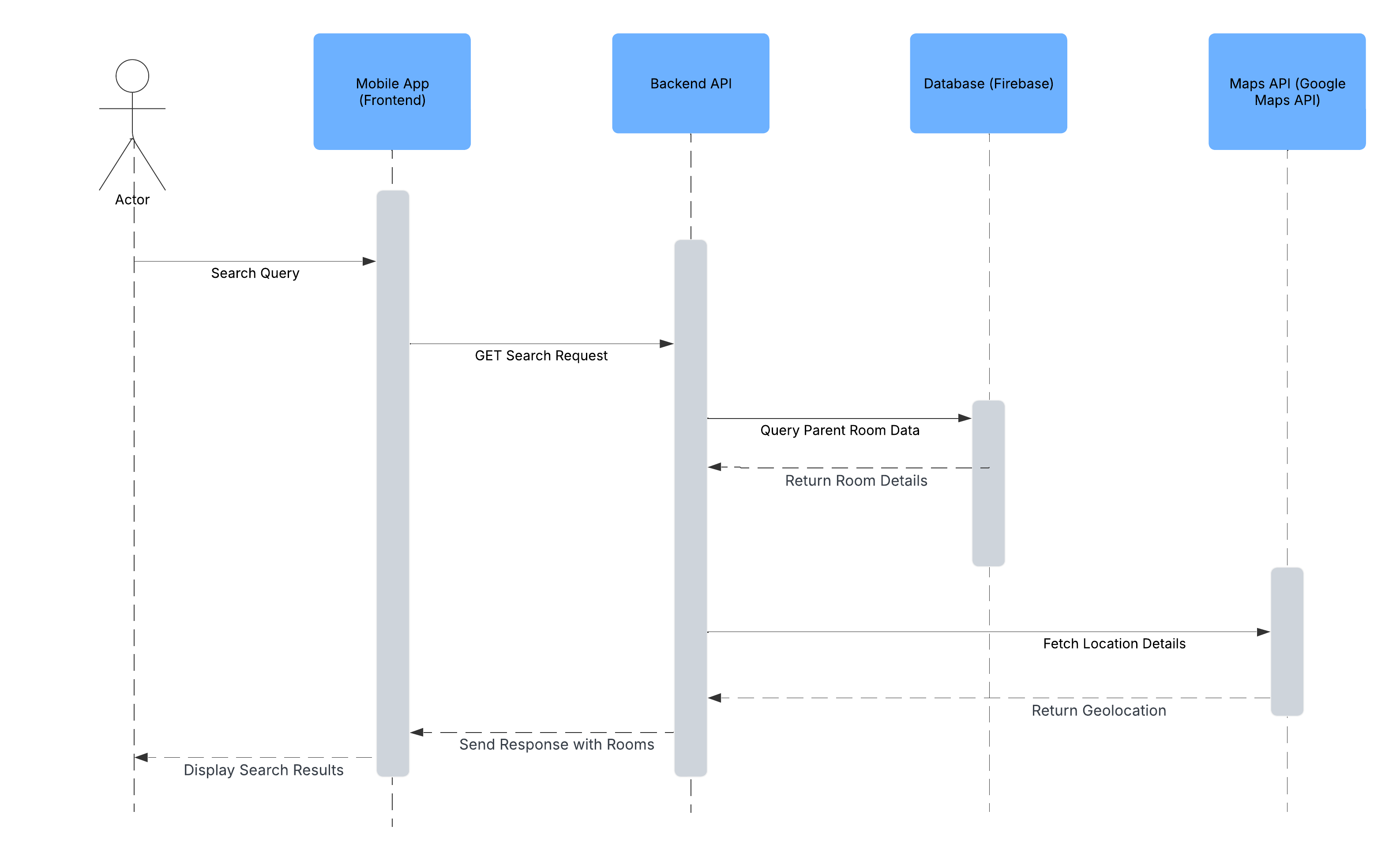Lotus: Proof of Concept
🚀 Overview of Lotus
Lotus is a community-powered mobile application designed to help parents locate, rate, and review parent rooms in public spaces. By providing real-time insights, structured quality ratings, and crowdsourced reviews, Lotus eliminates the frustration of finding clean, accessible spaces for parents and caregivers.
What Problem Does Lotus Solve?
Many parents struggle to find clean, accessible parent rooms while navigating public spaces. Existing solutions—Google searches, outdated blogs, and fragmented social media discussions—lack real-time accuracy and structured ratings. Lotus bridges this gap by offering a centralized, reliable platform tailored specifically for parents.
How Does Lotus Solve This Problem?
- A real-time, community-driven directory of parent rooms
- Standardized quality ratings for cleanliness, accessibility, and amenities
- Live user contributions, ensuring up-to-date, trustworthy information
- Gamified engagement, rewarding users for reviewing and verifying locations
This document outlines:
- The basic idea behind Lotus
- The wireframe to visualize the application
- The technology stack
- The sequence diagram demonstrating core functionality
- User journeys illustrating key app interactions
🎨 Wireframe
The following wireframe provides a visual representation of the Lotus app’s user interface.

This wireframe illustrates: ✅ Homepage & Search – Users can quickly find nearby parent rooms ✅ Room Details Page – Reviews, ratings, and amenities listed clearly ✅ Review Submission Flow – Simple interface for adding contributions ✅ Profile & Rewards – Users track engagement and earned points
🏗️ Technology Stack
The Lotus app is built using a modern, scalable, and mobile-friendly stack:
📱 Frontend (Mobile App)
- React Native (Cross-platform mobile development)
- Expo (Streamlined development & testing)
🔗 Backend & API
- Node.js & Express.js (REST API for data exchange)
- Firebase Auth & JWT (User authentication & session management)
🗄️ Database & Storage
- PostgreSQL (Structured data storage for parent room locations, reviews, user points)
- Firebase (Firestore) (Real-time updates & user activity tracking)
🌍 External Services
- Google Maps API (Location data & navigation)
- Cloudinary (Image storage for user-submitted parent room photos)
🔄 Sequence Diagram: How Lotus Works
The following sequence diagram outlines how the system processes a parent room search request:

Steps:
1️⃣ User opens the Lotus app and enters a search query
2️⃣ The frontend (React Native) sends a request to the backend API (Node.js/Express)
3️⃣ The backend API queries the database (PostgreSQL/Firebase) for matching parent rooms
4️⃣ The database returns relevant parent room details
5️⃣ The backend fetches geolocation data from Google Maps API
6️⃣ The API sends the combined response to the mobile app
7️⃣ The user sees nearby parent rooms, complete with reviews, ratings, and amenities
👣 User Journeys
The following user flows illustrate how Lotus enhances the parent experience:
1️⃣ Finding a Parent Room (Search Flow)
Scenario: A parent needs a clean, accessible parent room nearby.
Steps:
1️⃣ The user opens the Lotus app
2️⃣ The user enters “parent room near me”
3️⃣ The app retrieves real-time location data & nearby results
4️⃣ The user filters results based on amenities (e.g., feeding area, changing table)
5️⃣ The app displays room ratings, reviews, and directions
6️⃣ The user navigates to the selected parent room
2️⃣ Leaving a Review (Engagement Flow)
Scenario: A parent visits a parent room and wants to help others by leaving a review.
Steps:
1️⃣ The user checks in at a parent room location
2️⃣ The app prompts them to leave a review
3️⃣ The user adds a star rating, comments, and uploads photos
4️⃣ The review is saved in the database and updates the average rating
5️⃣ The user earns engagement points for contributing to the community
3️⃣ Earning Points & Rewards (Gamification Flow)
Scenario: The app encourages parents to contribute by offering a reward system.
Steps:
1️⃣ The user earns points for reviewing parent rooms or verifying information
2️⃣ The app tracks their contributions & milestones
3️⃣ The user unlocks badges, in-app rewards, or discounts from brand partners
4️⃣ The system updates the user’s profile & engagement score
🛠️ Next Steps in Development
📌 Develop a functional MVP with basic search & review capabilities
📌 Launch a closed beta test with parents in urban areas
📌 Implement gamification & brand partnerships for monetization
Lotus is positioned to advance beyond its proof of concept as the MVP moves into development and real-world testing.